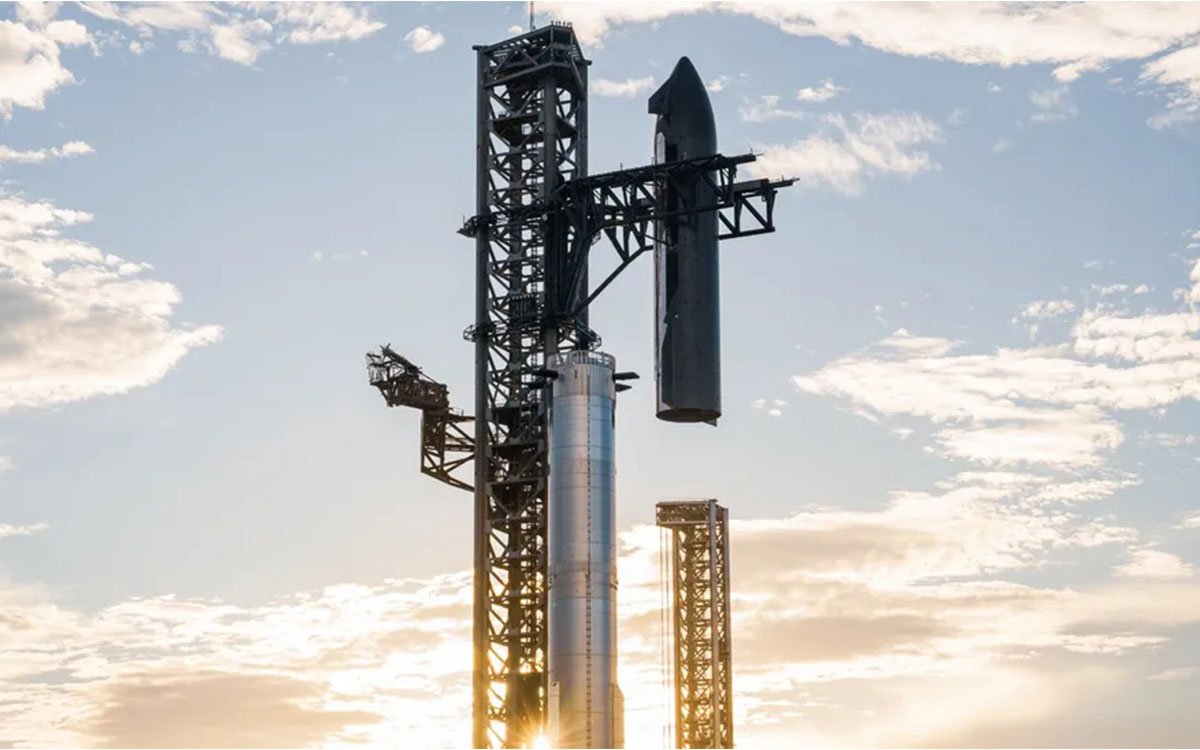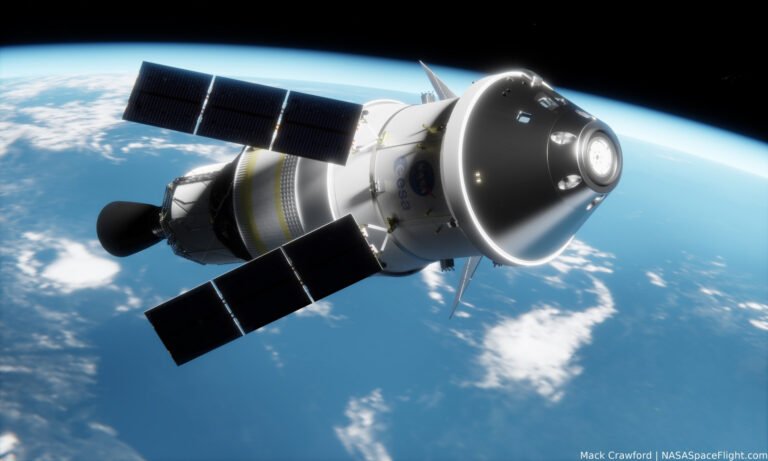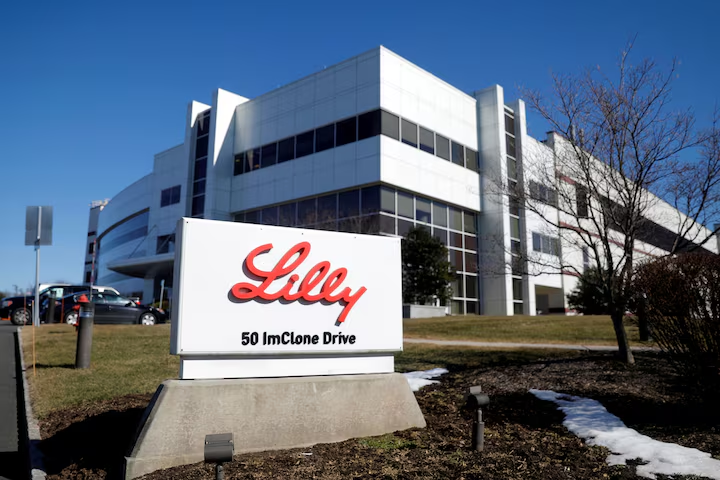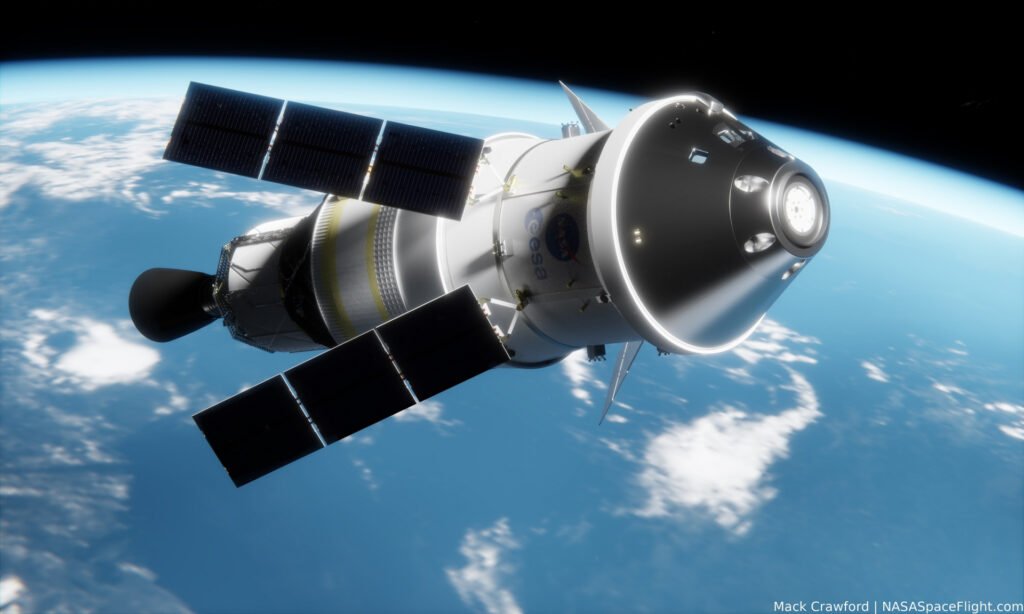The world watched with bated breath as SpaceX prepared for its tenth integrated test flight of the massive Starship rocket. Unfortunately, the company’s ambitious testing schedule faced another setback. The mission experienced two launch scrubs within a two-day period. This recent SpaceX Starship Flight 10 delay has once again highlighted the fine line between innovation and immense technical challenges. Despite the frustration, these scrubs offer a valuable window into the rigorous and often unpredictable nature of cutting-edge rocket development.
What Caused the SpaceX Starship Flight 10 Delay?
The first launch attempt on Sunday, August 24, was quickly called off after engineers identified a technical issue. Elon Musk later revealed the culprit: a “ground side liquid oxygen leak.” This critical leak on the ground system required an immediate fix. As a result, the launch was postponed. The team then reset their sights on a Monday attempt. However, the next day brought a new challenge. Poor weather conditions, specifically anvil clouds creating lightning risks over the launch site, forced a second scrub. Therefore, the team had to stand down again. This demonstrates the constant battle against both hardware and nature in the pursuit of spaceflight.
Technical Advancements and Lingering Challenges
The Flight 10 vehicle represents SpaceX’s most advanced design yet. For instance, it features 50% larger and stronger grid fins designed to guide the booster back to Earth with greater precision. On the other hand, the program has faced numerous setbacks. These include three mid-air explosions in previous 2025 tests. A ground explosion in June also heavily damaged critical infrastructure. These failures, while frustrating, are a core part of SpaceX’s “test-to-failure” philosophy. The company’s goal is to learn quickly from each anomaly. This rapid iterative process, while risky, is a fundamental driver for the development of a fully reusable launch system.
The Broader Impact of the Delays
While each SpaceX Starship Flight 10 delay is disappointing for fans, the implications are much wider. NASA’s Artemis program, which relies on a modified Starship for its lunar lander, is now targeting a September 2026 landing. Delays in Starship’s development could potentially impact that timeline. In addition, SpaceX needs a reliable Starship to deploy its next-generation Starlink satellites more efficiently. These larger satellites require the massive payload capacity of Starship. Therefore, the progress of the program is crucial not just for Mars, but also for vital commercial services here on Earth.
The Path to Flight 10 and Beyond
Every test flight is a crucial step toward achieving the company’s ambitious goals. The SpaceX Starship Flight 10 mission aims to test several new objectives, including deploying mock Starlink satellites and performing a controlled splashdown of the Super Heavy booster. These maneuvers are vital for demonstrating a fully reusable system. As a result, the upcoming launch attempt on Tuesday is being watched closely. Observers hope for a flawless mission. The successes and failures of this flight will provide valuable data that engineers need to refine the design for future missions, including crewed flights to the Moon and Mars.
In conclusion, the recent SpaceX Starship Flight 10 delay and the technical challenges it represents are a natural part of developing a revolutionary rocket. While frustrating, they highlight the rigorous and dynamic nature of space exploration. The company remains committed to its long-term vision of making humanity a multiplanetary species, and each flight, even a scrubbed one, brings them closer to that ultimate goal.
For more news and updates, please visit PFM Today.













